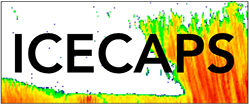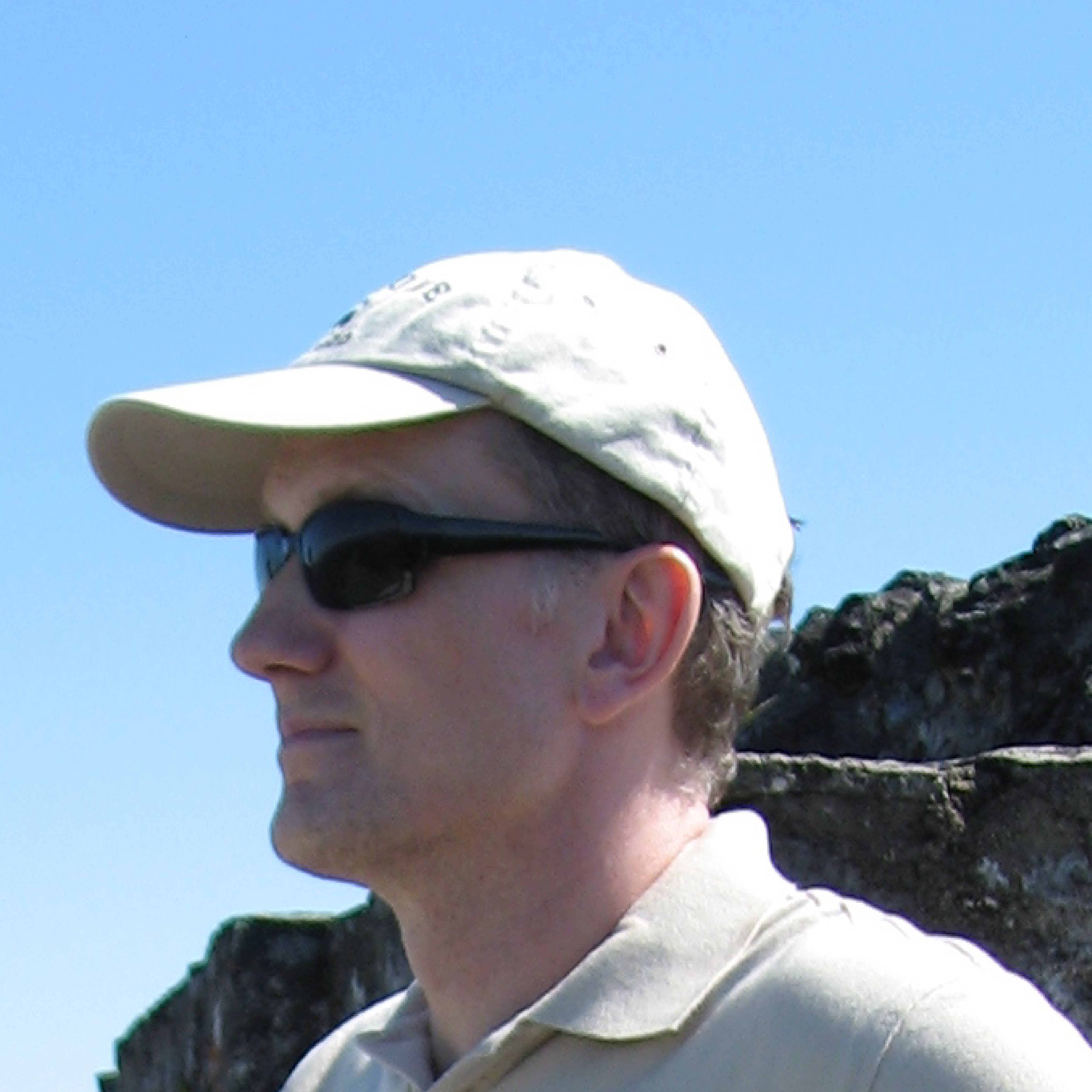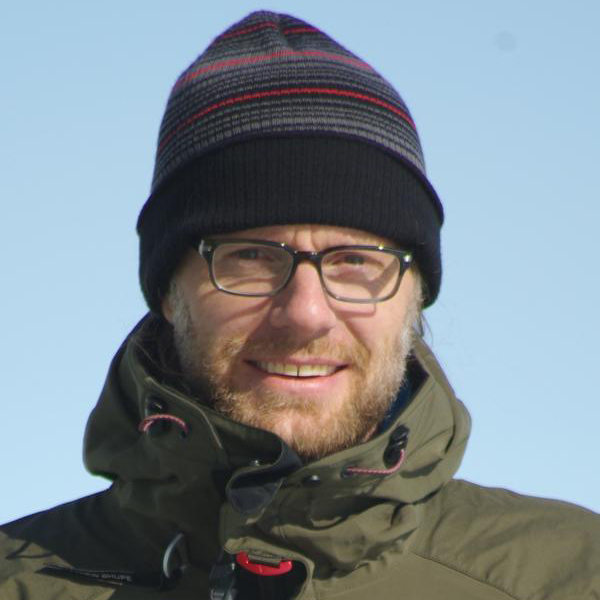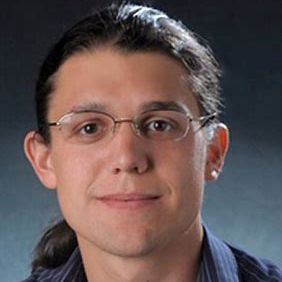Project Abstract
 The Greenland Ice Sheet is a unique location in the Arctic. It rises from sea level to over 10,000 feet in elevation and is, by far, the largest topographic feature north of the Arctic Circle. Scientists have determined that the ice sheet is sensitive to climatic fluctuations. In spite of its uniqueness and importance, it is relatively under-studied compared to other locations on Earth. The Integrated Characterization of Energy, Clouds, Atmospheric state, and Precipitation at Summit (ICECAPS) project has been measuring properties of the surface and atmosphere over Greenland since 2010. This long-term field campaign has allowed researchers to better understand how the atmosphere affects the ice sheet. In particular, the project has helped to determine the role that clouds and precipitation over Greenland play in modulating the mass and energy budgets of the ice sheet. These processes are essential for properly quantifying how much melt water is produced by the Greenland Ice Sheet, and how this contributes to global sea-level rise. As part of this new project, the instrument suite will be expanded to include an Aerosol-Cloud Experiment (ACE) through a partnership with researchers at the UK Natural Environment Research Council. ICECAPS-ACE will continue to make routine observations of the atmosphere, but includes two new major goals. First, ICECAPS-ACE will provide a better understanding of aerosol-cloud interactions over the Greenland Ice Sheet. Summit Station is a unique location to study such interactions because there are no significant local sources of cloud-active aerosols. Aerosols are tiny particles in the atmosphere that play a significant role in cloud formation. Knowledge of the interaction between aerosols and clouds is important for providing more accurate models of weather and climate over Greenland. Secondly, ICECAPS-ACE will provide a comprehensive suite of observations as part of the Year of Polar Prediction (YOPP) that can be used for the assessment of numerical models. It will also overlap with field activities of the Multidisciplinary drifting Observatory for the Study of Arctic Climate (MOSAiC) project, which offers an unprecedented focus by the operational modeling community on the Arctic system. The continuation of the ICECAPS field campaign will create a valuable 10-year dataset that documents changes from year-to-year from this unique location in Greenland.
The Greenland Ice Sheet is a unique location in the Arctic. It rises from sea level to over 10,000 feet in elevation and is, by far, the largest topographic feature north of the Arctic Circle. Scientists have determined that the ice sheet is sensitive to climatic fluctuations. In spite of its uniqueness and importance, it is relatively under-studied compared to other locations on Earth. The Integrated Characterization of Energy, Clouds, Atmospheric state, and Precipitation at Summit (ICECAPS) project has been measuring properties of the surface and atmosphere over Greenland since 2010. This long-term field campaign has allowed researchers to better understand how the atmosphere affects the ice sheet. In particular, the project has helped to determine the role that clouds and precipitation over Greenland play in modulating the mass and energy budgets of the ice sheet. These processes are essential for properly quantifying how much melt water is produced by the Greenland Ice Sheet, and how this contributes to global sea-level rise. As part of this new project, the instrument suite will be expanded to include an Aerosol-Cloud Experiment (ACE) through a partnership with researchers at the UK Natural Environment Research Council. ICECAPS-ACE will continue to make routine observations of the atmosphere, but includes two new major goals. First, ICECAPS-ACE will provide a better understanding of aerosol-cloud interactions over the Greenland Ice Sheet. Summit Station is a unique location to study such interactions because there are no significant local sources of cloud-active aerosols. Aerosols are tiny particles in the atmosphere that play a significant role in cloud formation. Knowledge of the interaction between aerosols and clouds is important for providing more accurate models of weather and climate over Greenland. Secondly, ICECAPS-ACE will provide a comprehensive suite of observations as part of the Year of Polar Prediction (YOPP) that can be used for the assessment of numerical models. It will also overlap with field activities of the Multidisciplinary drifting Observatory for the Study of Arctic Climate (MOSAiC) project, which offers an unprecedented focus by the operational modeling community on the Arctic system. The continuation of the ICECAPS field campaign will create a valuable 10-year dataset that documents changes from year-to-year from this unique location in Greenland.
The Greenland Ice Sheet (GrIS) is of critical importance to human society because of its role in global sea-level rise, and it is melting at an accelerating rate. Providing a better understanding of the interactions between aerosols and clouds is of direct societal value because of their ultimate impact on the GrIS mass and energy budgets. Since 2010 ICECAPS has significantly advanced understanding of cloud properties, radiation and surface energy, and precipitation processes over the GrIS, while also supporting process-based model evaluation, development of new measurement techniques, ground comparisons for multiple satellite measurements and aircraft missions, and operational radiosonde data for weather forecast models. The new ICECAPS-ACE will provide insight into the role that advective aerosol sources play in cloud and precipitation processes. The addition of the aerosol measurements will allow, for the first time, an investigation of how aerosols impact the surface energy and mass budgets of the central GrIS. Because of the importance of the GrIS to the Arctic, the ICECAPS project has been endorsed as a YOPP activity and will archive high-resolution data to be used for physical process-based model evaluation and verification that will focus on the surface energy budget, precipitation, and cloud-aerosol interactions.
Logistics Summary
Researchers on this collaboration between Walden (1801764, LEAD, WSU), Shupe (1801477, CU) and Bennartz (1801318, UW-Madison) will continue support begun under NSF grants 0856773 & 1414314. The Integrated Characterization of Energy, Clouds, Atmospheric state, and Precipitation at Summit (ICECAPS) project has been continuously operating at Summit Station since 2010. The project entails year-round operation of a sophisticated suite of ground-based instruments for observing clouds, precipitation, and atmospheric structure, including radar, lidar, ceilometer, microwave radiometers, infrared spectrometer, sodar, precipitation sensors, and twice-daily radiosondes. The extension period will also include a significant collaboration with the University of Leeds to provide enhanced aerosol measurement capabilities in conjunction with the continuation of ICECAPS. In 2018, five researchers deployed, and continuous operation of the instruments was transferred from NSF grant #1414314 to #1801764. Work included maintenance on the MMCR and PAERI systems, operation of an instrumented drone, and installation of new CPC, OPC, and CLASP aerosol instruments in the MSF. In 2019, seven members deployed to install additional aerosol, ice-nucleation, and energy-flux instrumentation, and to service existing instrumentation. The lead PI brought a small drone to Summit during one of their standard maintenance visits to measure the vertical variation of aerosols in the near-surface atmosphere. Throughout the project, the NSF contractor has provided year-round technician support at the station. The NSF contractor science technician monitors project instruments and oversees a twice-daily radiosonde program.
In March 2020, the NSF approved a no-cost extension of the ICECAPS logistical support at Summit Station beyond the scheduled completion date of August 2020. The extension covers support through June 2021. Logistical support during this extension will remain consistent with that in the past aside from three changes. The Ice Nucleating Particle experiment will conclude in July 2020, and the associated equipment will be uninstalled. The frequency of radiosonde releases will decrease from twice daily to once daily in September 2020. Also, in 2020, the solar radiometers associated with the Baseline Surface Radiation Network were transferred to this project (previously supported through Steffen/NASAAWS). The onsite science technician for the period from August 2020 to February 2021 will be a member of the science team, rather than by a contractor-hired staff member. Travel was cancelled in 2020 for three other science team members due travel restrictions related to COVID-19. The contractor science technicians will perform additional project tasks to include decommissioning and shipment of Ice Nucleating Particle (INP) aerosol sampler and cold stages, as well as raising flux instrumentation components on the Met Tower. In addition, science technicians will continue to provide onsite instrument maintenance and radiosonde releases.
Season Field Site
2018 Greenland - Summit
2019 Greenland - Kangerlussuaq
2019 Greenland - Summit
2020 Greenland - Kangerlussuaq
2020 Greenland - Summit
2021 Greenland - Summit
Keywords
Greenland, Summit Station, clouds, aerosols, precipitation, surface energy budget, climate
Project Location
Website
Project WebsiteDates
-Location
Summit Station, Greenland; Kangerlussuaq, GreenlandMembers
Principal Investigator

Principal Investigator

Principal Investigator

Research Scientist

UK NERC Partner

